What is a makanai in Japan? : Makanai meaning
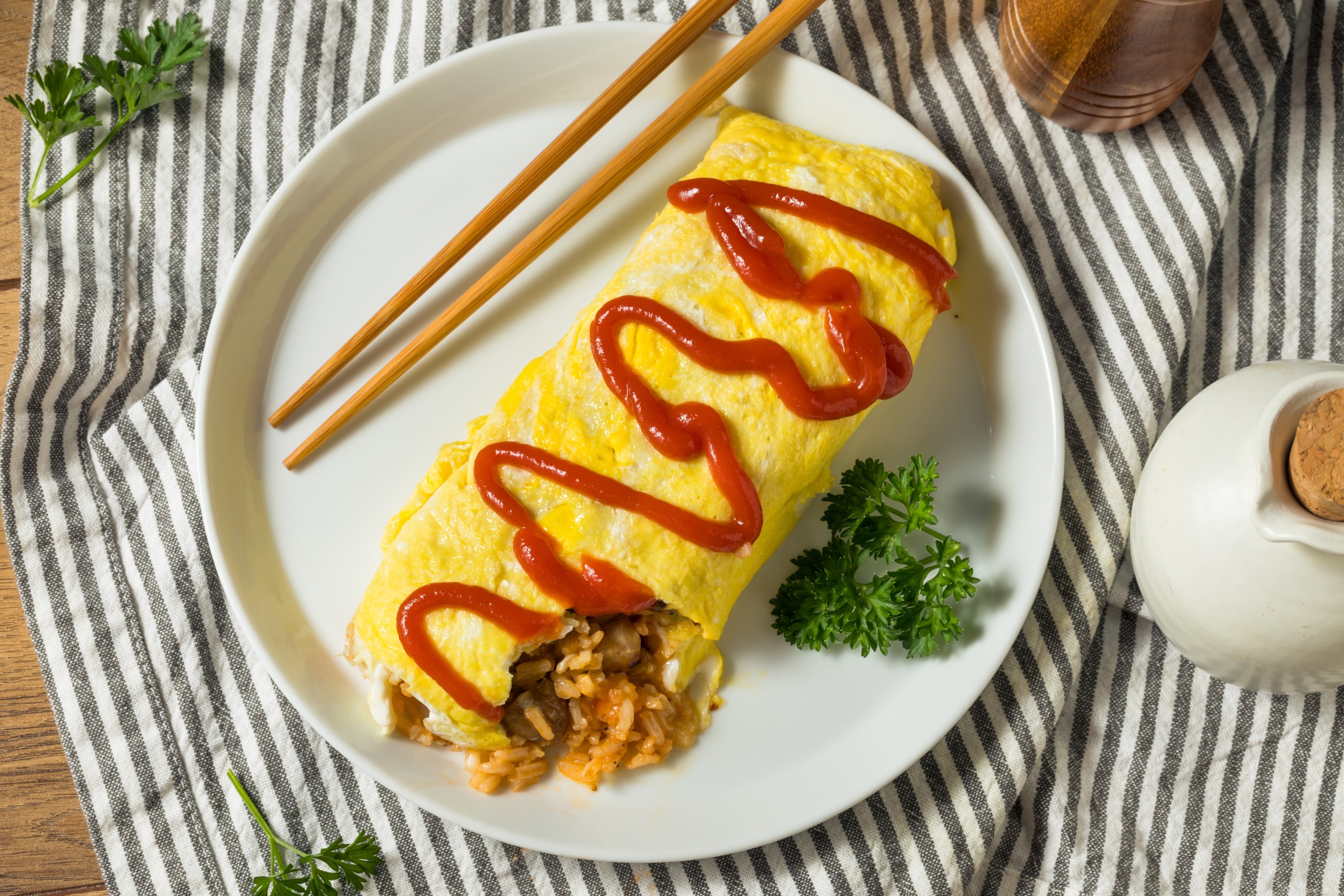
What is a makanai in Japan?
Makanai Meaning
What does makanai mean in Japanese?
Makanai is a dish prepared in a restaurant for employees rather than customers. It also means the person in charge of cooking such meals.
Makanai meals are often prepared by young chefs as part of their training.
Sometimes the makanai food is cooked with leftover ingredients and served to employees. Chefs are in charge of cooking, and occasionally the young chefs are evaluated by the head chef, who tastes the makanai food and evaluates their skills. In some cases, both veteran and young chefs are in charge, while in other cases, the executive chef prepares the food so that the employees can learn the taste of the restaurant.
Meals for employees are called makanai not only in restaurants but also in coffee shops, maid cafes, bars, etc., where light meals are served to waiters, waitresses, and other employees.
In the Netflix drama, “The Makanai: Cooking for the Maiko House,” the heroine, Kiyo, is hired to cook makanai meals at a maiko house, as everyone likes the “oyakodon” (see below) she cooked for them.
Makanai can also refer to a person exclusively in charge of preparing such makanai meals. Normally such a person is called “Makanai-san” meaning “Mr./Miss Makanai”. The Japanese title of the Netflix drama is “Maiko-san-chi no Makanai-san”, therefore in the context of the title of this drama, “the makanai” is referring to a person who prepares makanai meals.
Some of popular dishes in Japan have their origins in makanai dishes.
Typical examples are omurice (omelet rice) and Chikin Nanban (Chicken Nanban).
Oyakodon
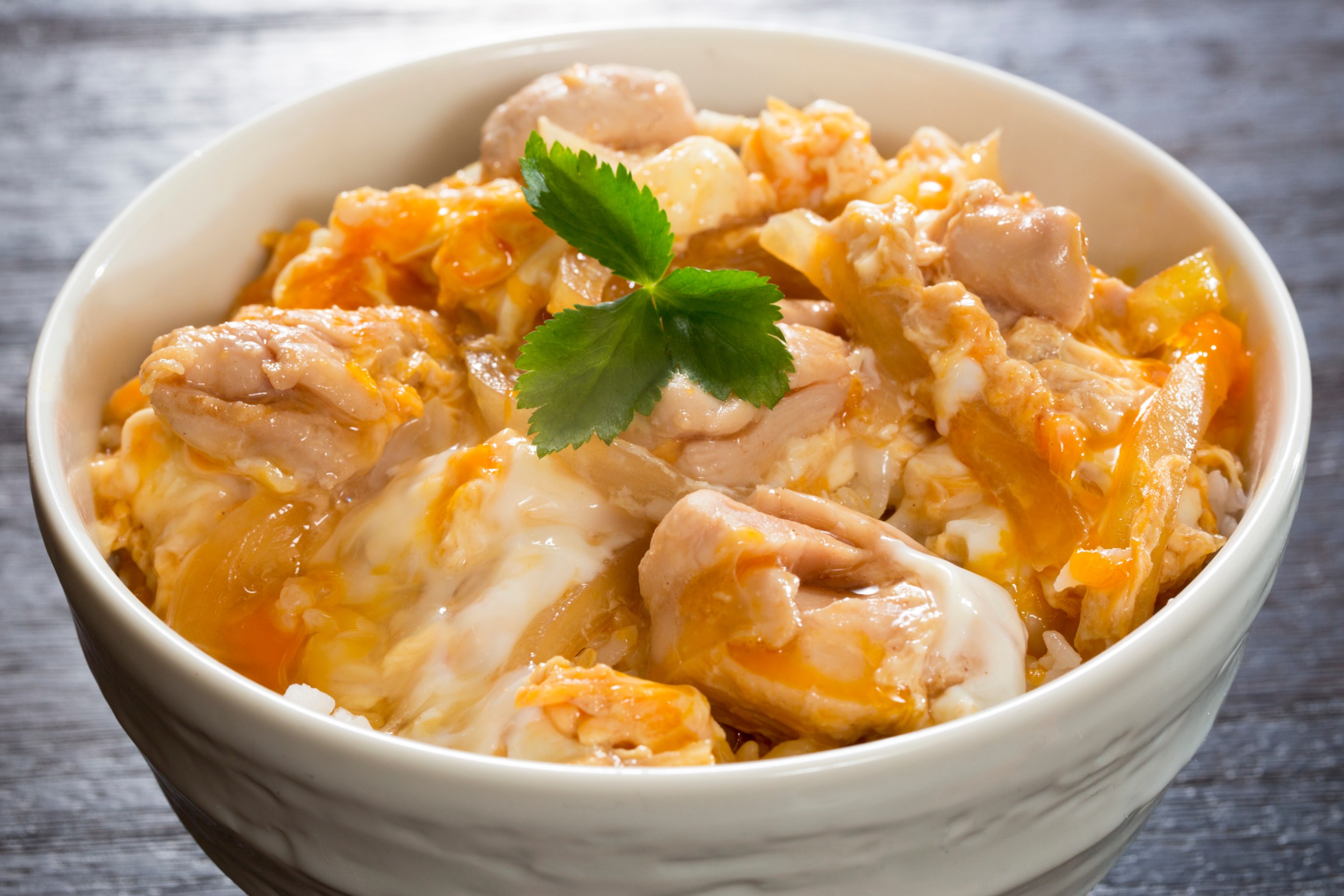
Oyakodon is a bowl of rice with chicken and eggs. “Oyako” means “parents and children.” Chickens are the parents of eggs, and eggs are the children of chickens!
Omurice
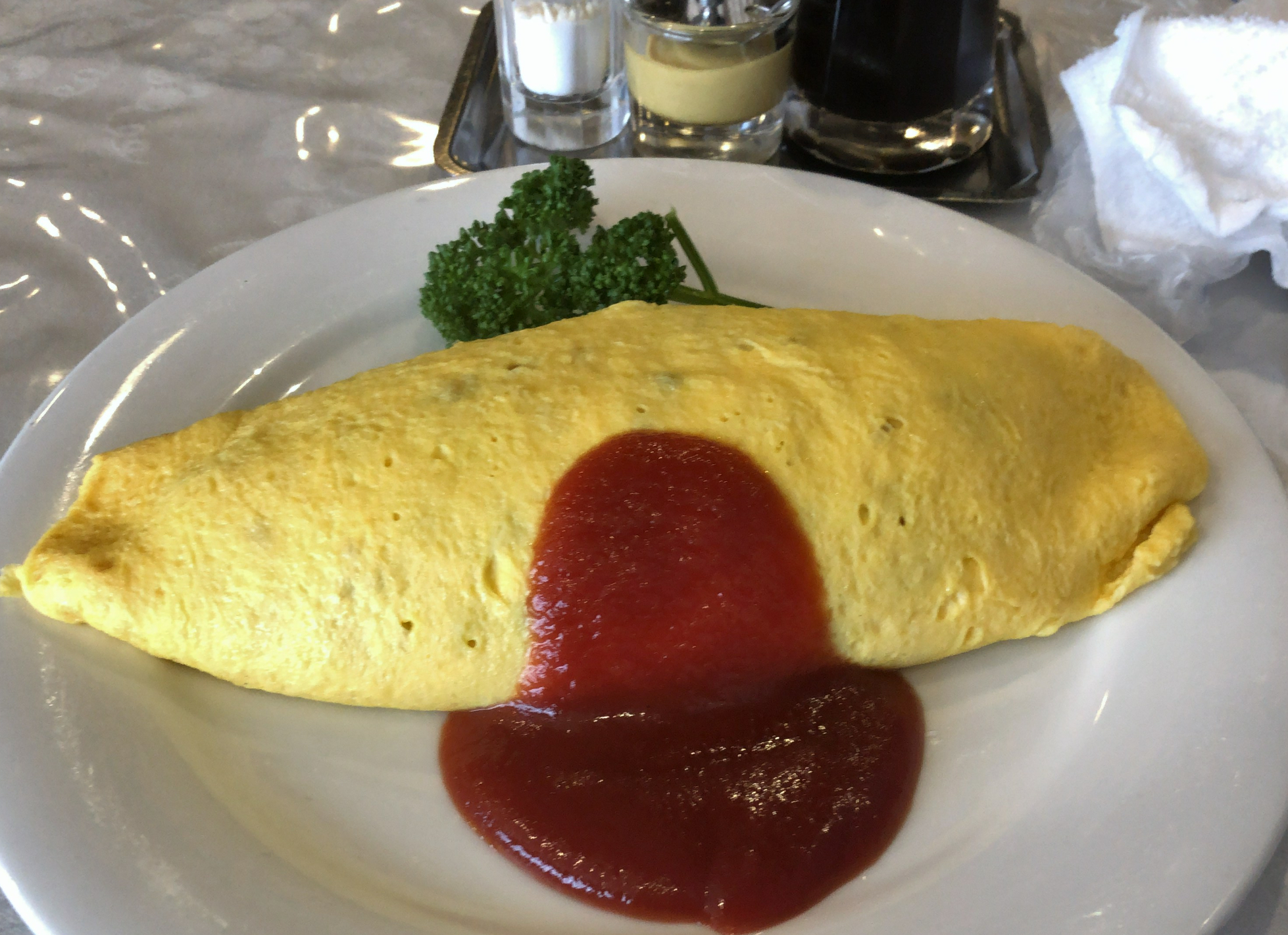
Omurice has its origins in a makanai dish made at Rengatei, a long-established Western-style restaurant in Ginza, Tokyo.
It was first an omelet mixed with cooked rice, without ketchup. The kitchen was visible over the counter in the restaurant and the makanai dish became a menu item at the request of customers who saw it.
The above is a photo of omurice at Rengatei.
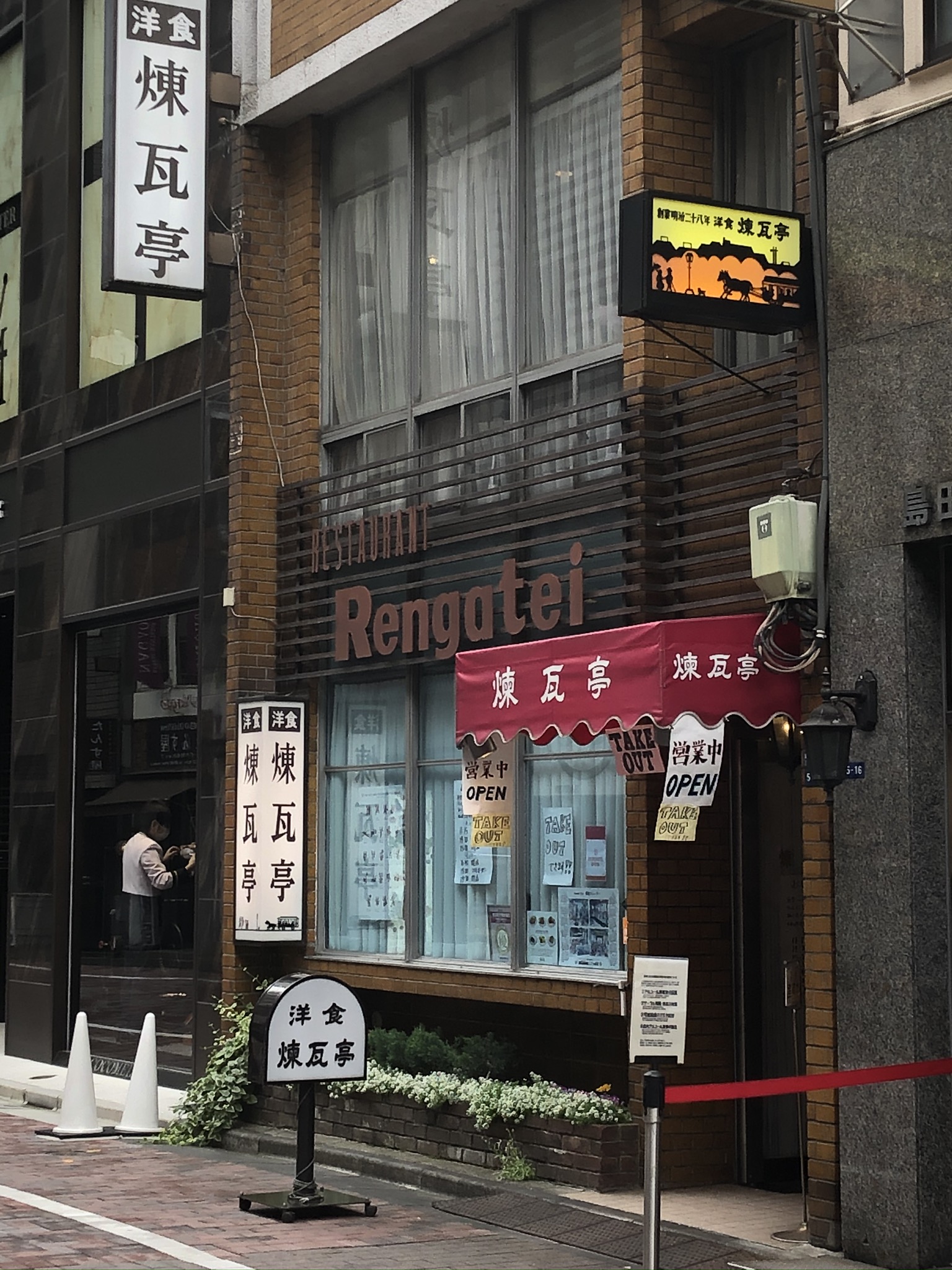
Chicken Nanban
Chicken Nanban, a specialty from Miyazaki Prefecture, is also said to have originated as a makanai dish. Chicken Nanban is a dish of deep-fried chicken with a sweet-and-sour sauce, topped with a generous amount of tartar sauce. In Miyazaki Prefecture, Chicken Nanban is a standard menu item at restaurants, side dish stores, and box lunch stores.
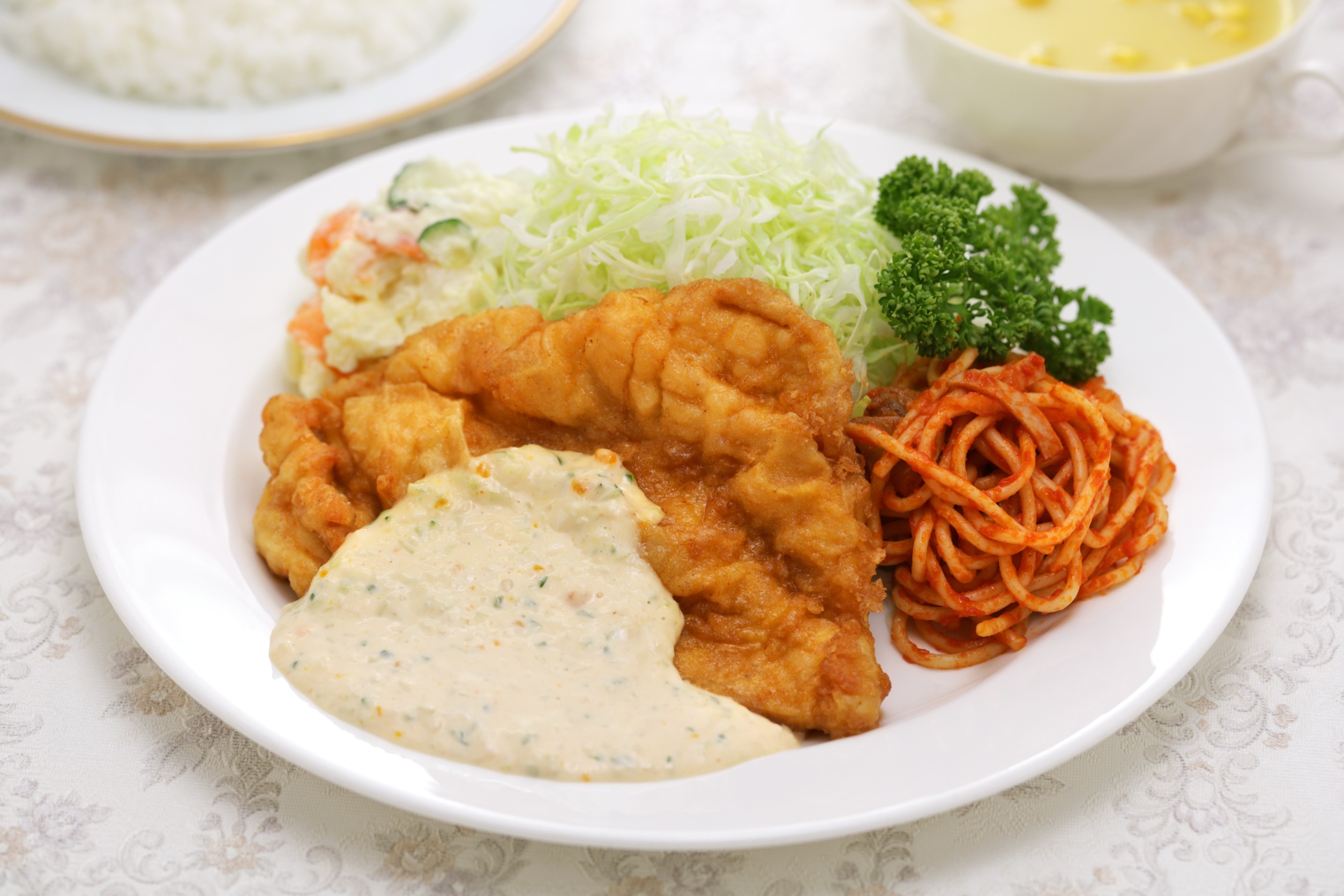
Makanai dishes in the Netflix drama
In the Netflix series “Makanai,” Kiyo is a remarkable cook. In addition to oyakodon, many other dishes – cream stew, bread pudding, tempura – line the maiko house’s dining table.
In the drama, girls from all over the country come to live at the maiko house with dreams of becoming maiko. Therefore, it is important to provide “ordinary tastes” to them – not the kind of food you would find in a fancy restaurant or ryotei but the kind of food with tastes that remind you of home.
Makanai cooking is also known for its simplicity
Chefs typically use minimal seasoning and let the natural flavors of the ingredients shine through. This means that the dishes are not overly complicated and can be easily replicated at home. This simplicity is also reflected in the presentation of the dishes, which are often arranged in a simple and elegant manner.
Etymology of “makanai”
The word “makanai” comes from the verb “makanau,” which means to make with limited supplies, expenses, etc.
- The availability of food in the workplace is sometimes important for part-time workers. This is because it saves money on food costs and eliminates the need to cook or eat out before or after work. Therefore, young people often look for part-time jobs in restaurants because they offer makanai food.
- When restaurants post a job advertisement, they often indicate whether or not they offer makanai meals in addition to the type of job and hourly wage.
Related topics:


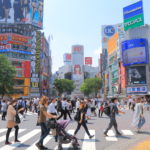








January 20: Thanks for uploading this information. I’m on episode 3 of the Netflix series (“Makanai…”)
I’ve started watching “Makanai.” I’m enjoying it so far — and knew I was missing a lot of the cultural context. Thank you for your explanations here; they are helping me to better understand what I’m watching!